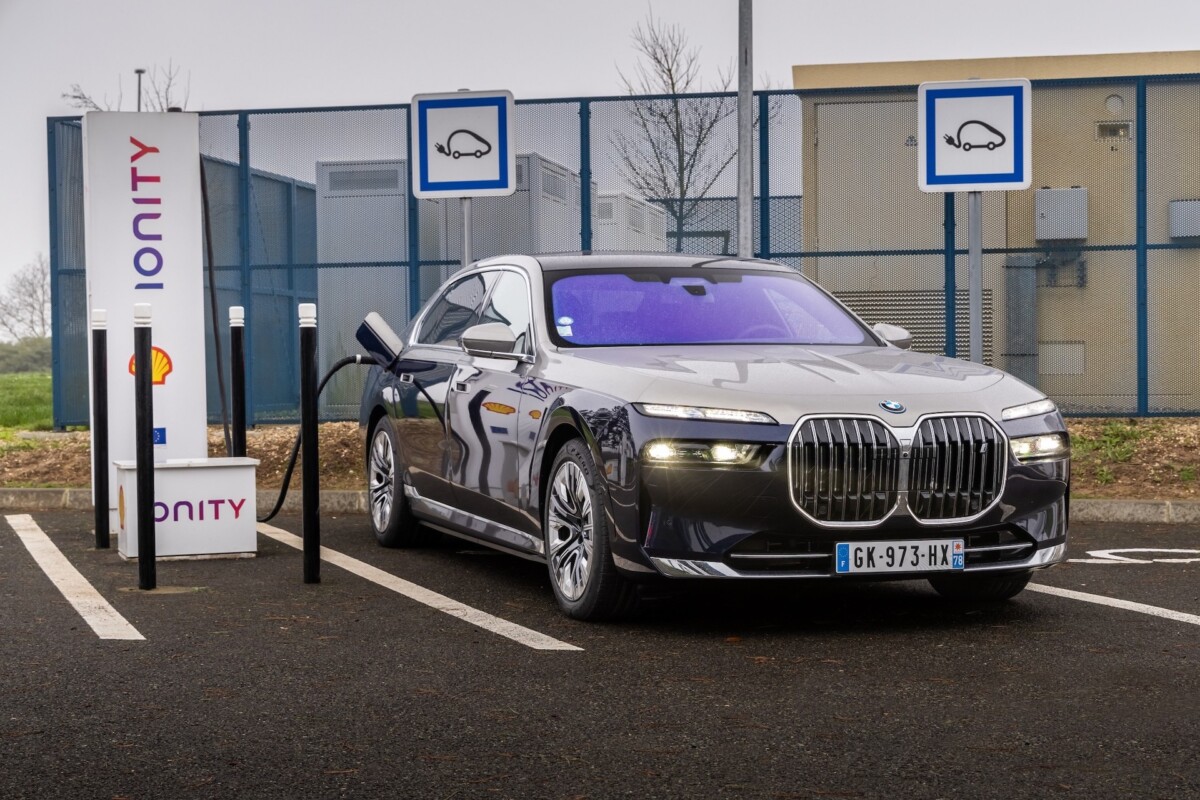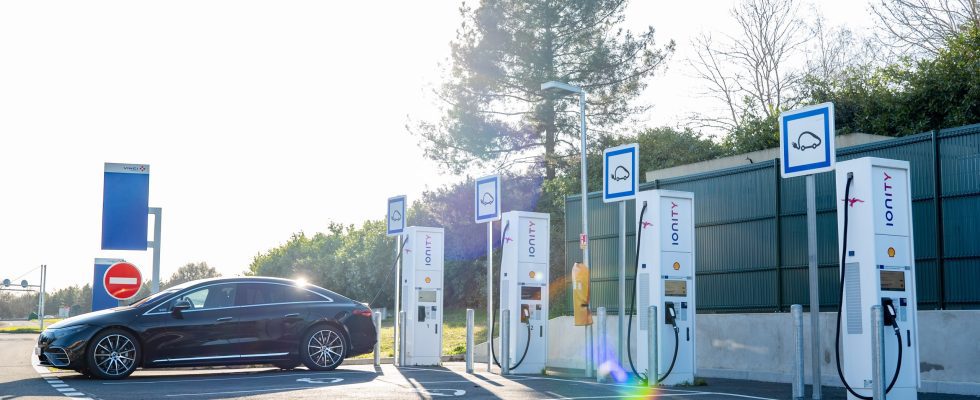The European Union wants to impose on its Member States the installation of at least one fast charging station every 60 kilometers on the main highways. The secondary network will also be affected by a similar measure, while hydrogen will not be forgotten either.
Finding a charging station in France is becoming easier and easier as the network expands and we get closer to the target of 100,000 charging points promised by the government for 2021. Thus, autonomy n It’s not as much of a brake as before, and it’s no longer necessary to have a car that can cover very long distances in one go. Even if some manufacturers like Zeekr or Lucid still believe in it.
Even easier charging
Whether recharging is therefore less and less of a problem in the territory, the major authorities now want to go even further. Last October, the European Union therefore announced its desire to impose on all member countries the obligation to install at least one charging station every 60 kilometers on the main highways.
Although it was only a proposal at the time, the European Parliament has now decided to endorse this decision and impose it on the 27 Member States. A measure that was voted in the night from Monday to Tuesday, in parallel with the ban on the sale of thermal cars throughout the Old Continent. But what exactly this regulation, called “Afir” ?

As had therefore been announced, European motorways will have to be equipped with at least one charging station every 60 kilometers, from the year 2026 as announced Automotive News. Terminals must also be available for trucks, this time spaced at a maximum of 120 kilometers. If the power has not yet been specified, the French government mentioned “150 kW at least”. This allows a car to be charged from 10 to 80% in 30 minutes currently, and potentially 20 minutes with future models such as the Volkswagen ID.2.
In February 2021, France published a decree obliging motorway companies to install charging stations in all their service areas by January 1, 2023. Except that last February, this objective had still not been achieved. and Transport Minister Clément Beaune finally announced the end of the semester as a new deadline.
Hydrogen also concerned
Later, the secondary network will also be affected by this measure, as explained The echoes. From 2030, the axes of lesser importance will have to be equipped with charging stations every 100 kilometers, in all member countries of the European Union. But hydrogen is also at the heart of the discussions.
The European Commission wants vehicles running on this gas to benefit froma charging station every 200 kilometers by 2031. All urban centers will also have to be equipped, even if the date of application of this specific measure has not yet been confirmed.

Brussels also plans to impose on operatorsaccept more open means of payment such as credit card. Indeed, most terminals today require having subscribed to a subscription beforehand, which complicates the life of motorists who must show anticipation. Fortunately, they can use route planners or apps like Chargemap.
Finally, Europe also wants the number of terminals to grow at the same rate as registrations, in order to avoid long queues, especially during the crossovers of the summer holidays. Thus, for each new electric car sale, a load capacity of 1.3 kW will have to be implemented in the country. This is equivalent to one terminal for about twenty cars.
Our colleagues from Numerama are launching Watt Else, their newsletter dedicated to the mobility of the future. Sign up here to make sure you receive the next issue!
